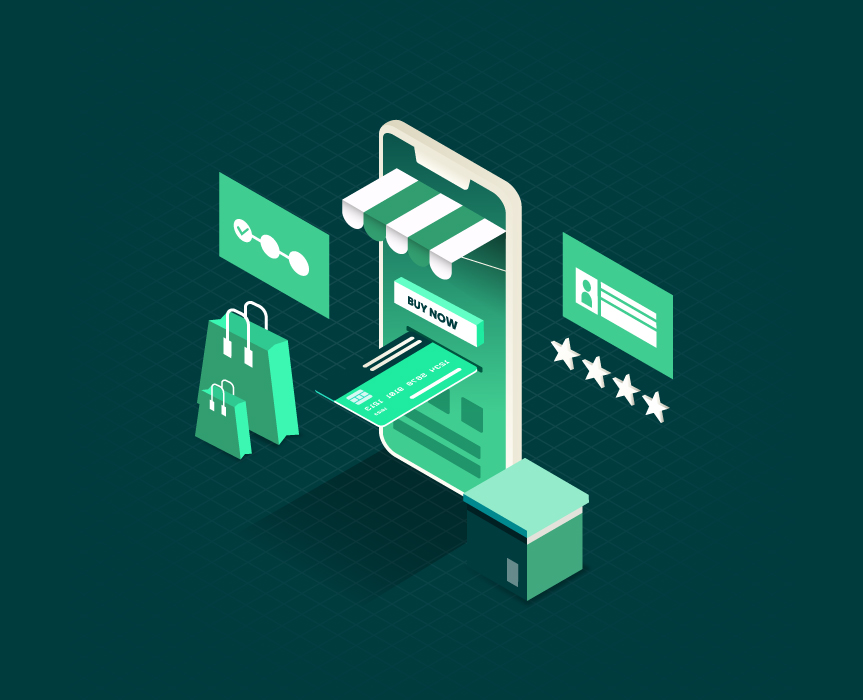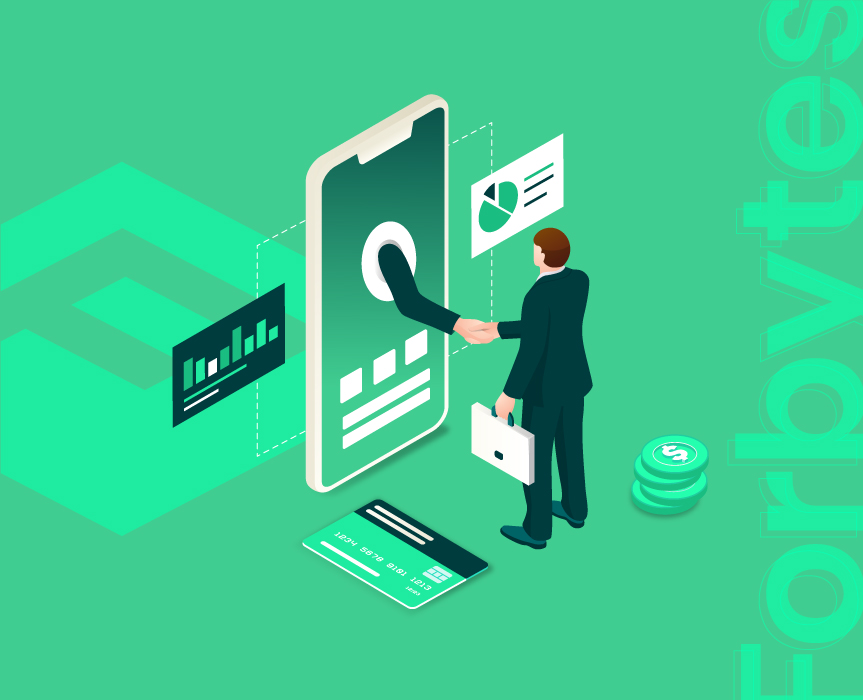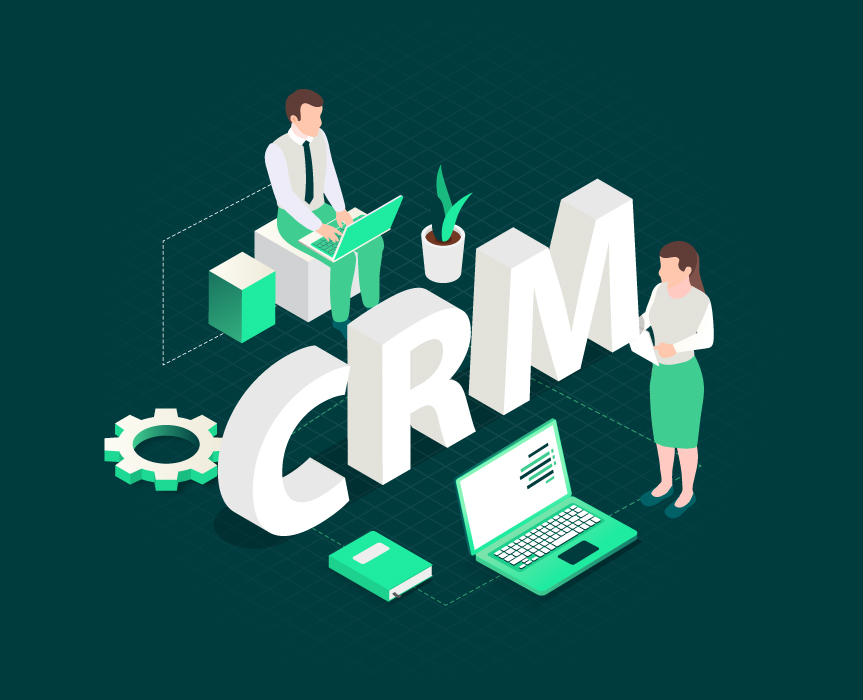November 15, 2021 by Tanya Bahrynovska
The Internet has challenged the conventional way of conducting business. It acted as a perfect filter, which separated those who welcomed the inevitable evolution from those who insisted on running a business in the way it always had been – in person. Today, around 63% of businesses sell exclusively online.
Those who greeted the change with open arms (and minds) propelled their businesses to heights they had previously only dreamt of. Those who resisted or dismissed the emerging concept of eCommerce as inconsequential slowly but surely drifted off into oblivion.
In the last three decades, businesses have witnessed that the Internet and its related activities like eCommerce are not only here to stay but are now an integral part of life in the 21st century. Put differently, now, we cannot separate the “e” from commerce.
With this realization in mind, it is wise to entertain the possibility of embracing it rather than needlessly fighting it. However, to move further, we need first to understand what eCommerce is and what value it brings to businesses.
What Is Ecommerce?
Ecommerce, short for electronic or Internet commerce, may be defined as the buying and selling of products and services over electronic systems. The term eCommerce has been in use since the 1980s and grew from what was once an obscure concept to the most convenient and secure way of purchasing products and services.
Ecommerce may also be defined as the back and forth movement of all the necessary information required to successfully complete transactions over the Internet or, more simply, online transactions. Such information may be anything from customer and pricing data to numbers relating to inventory and shipping information.
Ecommerce not only refers to the act or industry via which products and services are sold online but also all the processes in-between. It facilitates the identification of those interested in buying products or services, as well as the volume and frequency of purchases.
The existence of eCommerce proves that people still want to buy products and services. It also proves that customers are open to buying them regardless of where they are in the world or what time it is.
Recent statistics in the US have shown that at least 79% of its population has shopped online. Additional related studies have also revealed that more than 50% of those who buy products or services online do so via mobile devices, which are easily accessible and are thus a more convenient way of buying/shopping online.
Ecommerce Integration/Integrated Ecommerce
In order to sufficiently define what eCommerce integration is, we should first attempt to describe the two words that make it up– eCommerce and integration. This will highlight what each of the two words brings to the table and how they both combine and contribute to the larger concept.
We have already described Ecommerce as electronic commerce. Integration, which is a short term for data integration, refers to the systematic process of accumulating data that was initially held in multiple sources into a centralized source. The data is then made available to those who need it as a single stream of “aggregated” information that is easy to comprehend/understand.

In a nutshell, eCommerce integration may be defined as the constant but ever-evolving relationship between the front-end component of a business like a website and the supporting back-end systems such as Customer Relationship Management (CRM) and Enterprise Resource Planning (ERP) systems.
The coordination between the front-end and back-end components ensures that information constantly flows both in and out of business as a sort of perpetual fuel/energy source to keep the eCommerce machinery from grinding to a halt. Ecommerce has become the new normal, with recent statistics showing that over 27% of the world’s population now shop online.
eCommerce integration should, however, not be confused with eCommerce interfacing. The distinction between the two is quite simple. With eCommerce integration, all data relevant to a business is stored in (and becomes accessible from) a centralized system. With eCommerce interfacing, data is stored in one or more independent systems, which then duplicate and harmonize the data through interfaced connections before it can be utilized.
Benefits of Ecommerce Integration
eCommerce integration gives businesses the edge they need in order to stay relevant and ahead of the curve. The more pronounced benefits of eCommerce integration include:
1. Removal of manual and replicated data.
The integration allows for storing data in one centralized system instead of first passing through other independent systems (interfacing), which may require the duplication of information. With integration, the accuracy of customer and product data can be better guaranteed.
Ecommerce systems considerably reduce and almost entirely eliminate the need for manual data. They are the key for any business since manual data often comes with its own unique set of challenges, which must be adequately addressed. They include difficulty in integrating with existing eCommerce platforms and the possibility of the loss or replication of data.
Manual data entry is also time-consuming since it impedes the development and testing of multiple integrations, which are often necessary to get the best out of shopping platforms. In addition, routine updates to shopping platforms also become more difficult since integration has to be built from the ground up.
This development may likely contribute to the loss of hundreds of potential customers who would sooner explore other available alternatives than stick around and wait for a business to get its act together.
2. Optimization of time spending.
Ecommerce integration allows businesses to optimize their time on day-to-day processes. This happens through the automation of certain functions like sending customers notifications.
Integration saves time by speeding up the exchange of data between the related systems. It also facilitates occasional lag-free updates to the overall system and constant updates to the business’ inventory.
Businesses are also spared from having to sift through loads of the same data (duplicates), which keeps them engaged adequately with and focused on their primary business – the delivery of competitive products or services.
3. Customer experience enhancement.
Most forward-thinking businesses have moved from the “customer is king” ideology to acknowledgment that they need their clients as much as their clients need them. They also affirm the important role of technology in better understanding their target audience.

Ecommerce integration keeps a business’ processes transparent and, by doing so, eliminates excesses that would have otherwise discouraged a client from taking advantage of the convenience they offer. It also helps add more sales networks, ensuring that customers are presented with the best options available.
Moreover, eCommerce integration helps a business allocate its resources more effectively, which ultimately benefits clients by giving them the best service possible. Integration additionally enables a business to react quickly to market changes and adjust its size and/or business model to be ahead of the competition.
4. Assurance of data integrity and accuracy.
Whether in business or in life, information is power as long the information in question is accurate. Making decisions based on the wrong information can just be as (or arguably even more) costly for a business as not having the information in the first place.
Having the right data allows companies to identify the potential market trends. This helps a business preemptively do the necessary groundwork to remain at the forefront of its industry. In addition, staying relevant protects a business from the risk of going obsolete and ultimately winding up.
Accurate data on pricing and inventory (the availability and quantity of products and services) encourages customers to remain loyal to your business. As a result, a happy and satisfied customer is less likely to look for other products and service providers.
5. Growth promotion.
Business growth is not only achieved through aggressive expansion or by seeking out new clients to purchase products or services. It is also accomplished by maintaining the existing business relationships throughout the expansion.
Keeping your current customers happy and satisfied increases the likelihood that they will refer your business to other potential customers who may exist within their circles. You should not overlook the importance of word of mouth, even in this digital age.

Ecommerce integration also helps businesses remain agile and mobile in the aftermath of the COVID-19 pandemic, which forever changed how business is conducted. Lockdowns and social distancing protocols migrated businesses almost exclusively online – a development that isn’t likely to change in the near future.
What Are Ecommerce Solutions?
Ecommerce solutions refer to various products and services that complement eCommerce businesses and aid them in achieving their chief objective – successfully conducting business online. Simply put, eCommerce is the concept of conducting business online, whereas eCommerce solutions aid eCommerce in its endeavor.
These solutions include eCommerce platforms such as Shopify and Wix, mobile app builders like NativeScript and Appy Pie, website builder tools, online website development platforms, and web development software like WordPress and Adobe Dreamweaver.
These solutions also include secondary eCommerce-related services like customer support, cataloging, technical support/assistance, domain and hosting services, integration of payment gateways that link a business’ website to the bank (or a similar financial institution) processing their payments, product photography, accounting and taxation and, if necessary, shipping service providers.
Before acquiring a new or additional solution, it is first important for a business to thoroughly evaluate its current/existing solutions. This guarantees that a business has the necessary information to explore, evaluate, and compare the solutions which are available to find both what it needs and what will work with its current setup.
Factors like scalability (additional options controlling the extent to which a business may grow), pricing (how much it will cost), features (problem-solving attributes), and support (whether and how fast assistance is available) ultimately determine the eCommerce solution a business will opt for.
The whole point of integration is to make two or more systems, which may not have intentionally been built to work together, coordinate harmoniously for the benefit of a business. Thus, integration makes it possible for most small to medium-sized businesses to find affordable solutions by mixing and matching their existing systems with other complementary ones. The alternative option would be to research and develop custom solutions, which tend to be very expensive.
Ecommerce Integration: ERP
Enterprise Resource Planning (ERP) refers to a system (usually a type of software) that businesses use to manage their daily activities. ERP software is often used to automate business-related activities such as risk assessment and management, project management, supply chain processes, procurement, human resource management, and accounting.
Automating such activities simplifies complex processes, which drastically reduces the manual labor required to carry them out continuously and successfully.
Businesses welcome the idea of ERP systems since they work to fill in the gaps, allowing personnel to perform more specialized functions. ERP solutions help eCommerce platforms to integrate a wide variety of applications and software programs and enable them to run smoothly. ERP software assists businesses in carrying out numerous functions. These functions are only limited by the type of business and software it chooses to integrate.
The most common functions ERP software assist that cut across the board include:
1. Placing orders
ERP software fast-tracks order placements by performing functions such as adding up the total cost of products a customer may want to purchase and including related charges such as shipping costs.
2. Customer updates
ERP software works to keep customers in the loop at all stages of a business transaction. Once a customer makes an order, it automatically notifies that the order has been received. It informs the customer if the order has been processed and when they should expect it (shipping progress). If there are any delays, the ERP system notifies customers and suggests solutions to such problems.
3. Reflecting pricing changes
ERP software simplifies functions such as product price changes. It considers procurement information (the price at which a business acquires its products) and automatically adjusts or proposes changes to the selling price. This approach ensures that the company maintains its profit margins and doesn’t face any losses.
4. Reflecting inventory changes
ERP software can automatically adjust the number of products in inventory. This feature informs a customer of the number of products available for purchase and in stock.
Ecommerce Integration: CRM
The role of a customer relationship management (CRM) system is to facilitate communication between a business and its clients/customers.
CRM systems also offer timely answers and solutions to the questions and/or problems a customer may have as they shop for products. By integrating a CRM system, an eCommerce business positions itself to reap a number of benefits. They include:
1. Improving customer experience
CRM systems take care of a customer. For example, a status update on a product lets a customer know that a business is diligently processing their order, which makes the customer feel valued.

2. Boosting marketing and sales
CRM systems and software help businesses manage their customers’ personal information. This information includes contact information such as email addresses, as well as customer shopping trends and preferences. With this information, businesses can customize products for their customers.
Moreover, businesses can optimize their online platforms or websites so that a customer can have a personal experience that is particularly tailor-made for them, which gives a company an edge over its competition.
All these developments translate into more sales and growth for a business and ensure that one-time customers become, at the very least, return customers and, at the very best, lifetime customers.
3. Better planning
By properly utilizing CRM systems, businesses can identify the quantities in which certain in-demand products are needed. This helps a business ensure that its inventory is always stocked and up to date to avoid losing potential clients.
4. Limiting losses
CRM systems can eliminate the common errors and mistakes associated with manual data entry. These errors and mistakes are often the difference between landing or losing a potential customer. Since the primary objective of every business is to make a profit, not being able to do so is considered to be a loss. Therefore, fixing such errors and mistakes impacts the business’s operational costs, which decreases its profit margins.
Read original source of this article here.

